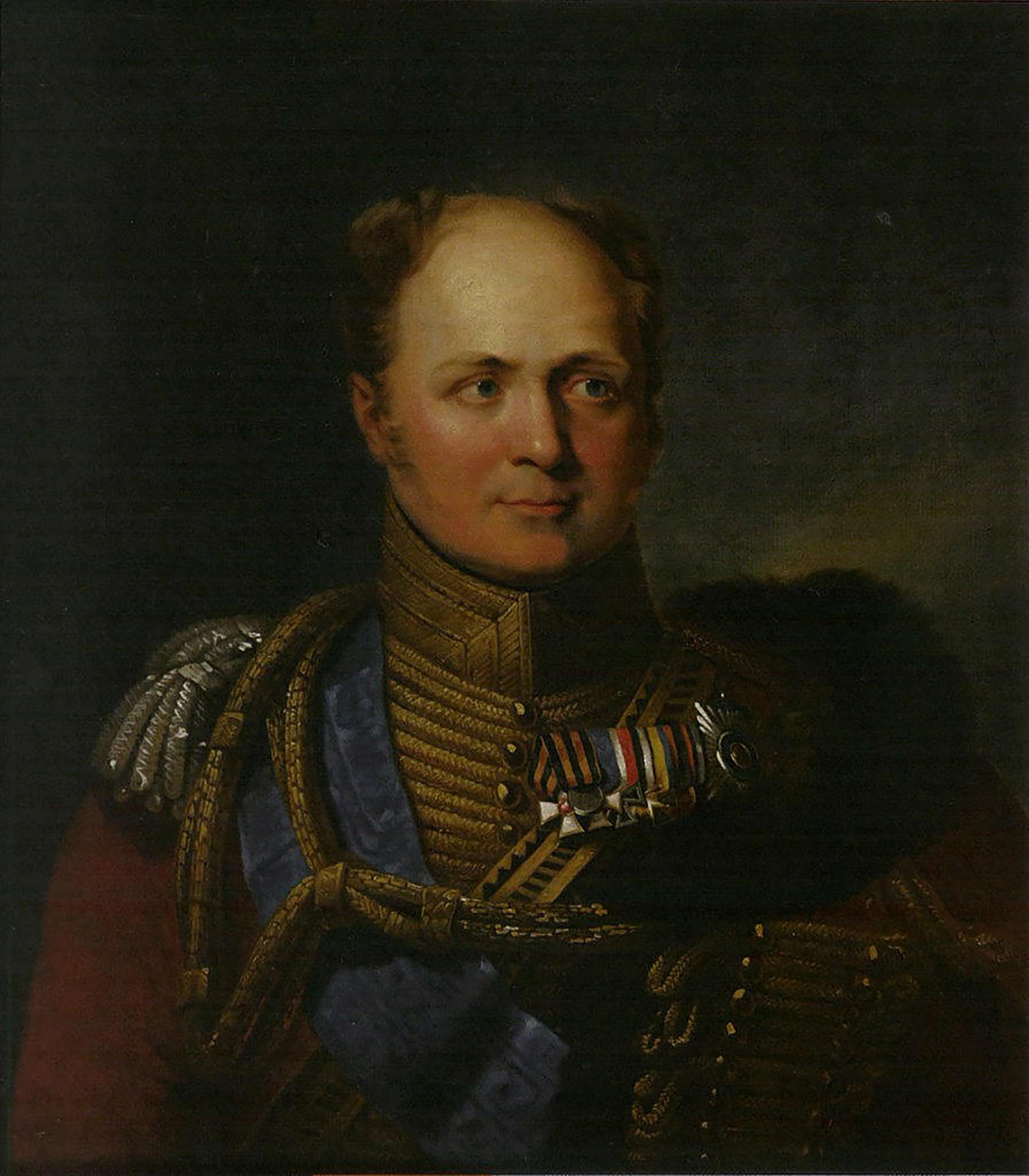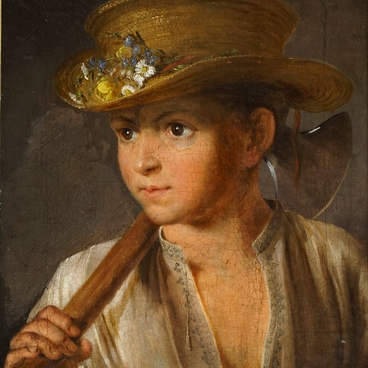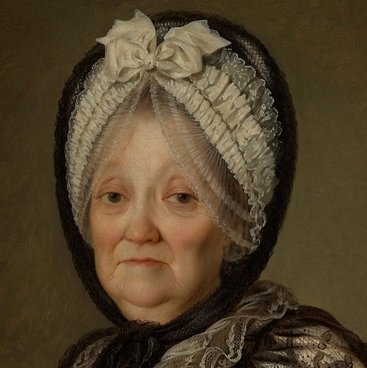The beginning of the 19th century was marked by the largest historical event, which in many respects changed the life of Russia and European countries. The Patriotic War of 1812 demonstrated a powerful surge of Russian national identity, patriotic feelings and selfless sacrifice in the name of victory.
In 1819, Emperor Alexander I ordered to create a portrait gallery of 1812 heroes. To fulfill this order, the English painter George Dawe, who had earned the fame of a fashionable portrait painter, was introduced to the emperor at the congress of heads of state of the Holy Union held at that time. The artist came to Russia and lived in St. Petersburg for 10 years. During this time, Dow and his Russian students V.A. Golike and A.V. Polyakov performed 329 chest-high portraits of generals and 4 portraits of veteran soldiers for the military gallery of the Winter Palace, some of which were repeated both for the depicted ones and at will of their relatives, friends and colleagues.
The miraculous brush of the Dow captured many romantically festive images of war heroes, including Prince Vasilchikov, Count Stroganov, Prince Lansky and General Bakhmetev, which are now in the collection of the Yekaterinburg Museum.
A chest-high portrait of Alexander I, originally attributed to the brush of an unknown Russian artist of the first half of the 19th century, is also exhibited here. However, because of the restoration, the author’s signature revealed, indicating that the work belongs to Alexey Ivanovich Travin. Travin was one of the most talented master decorators of the 19th century. He was born in 1801 in St. Petersburg and descended from a low estate. After graduating from the Academy of Arts in 1838, he received the title of free (non-class) artist and several silver medals for his work submitted to the Academy. Over his life, A. I. Travin painted more than 200 ceiling pieces. One of them, the painting of the ceiling of the Antique Hall of the former Yusupov Palace, preserved. This artist was honored to copy the portrait of Alexander I from the work of Dow. The master, of course, was able to reproduce well the exact appearance of the model, and the free, excited manner of painting, and the brilliant possession of the brush inherent in the original.
A chest-high portrait of Alexander I, originally attributed to the brush of an unknown Russian artist of the first half of the 19th century, is also exhibited here. However, because of the restoration, the author’s signature revealed, indicating that the work belongs to Alexey Ivanovich Travin. Travin was one of the most talented master decorators of the 19th century. He was born in 1801 in St. Petersburg and descended from a low estate. After graduating from the Academy of Arts in 1838, he received the title of free (non-class) artist and several silver medals for his work submitted to the Academy. Over his life, A. I. Travin painted more than 200 ceiling pieces. One of them, the painting of the ceiling of the Antique Hall of the former Yusupov Palace, preserved. This artist was honored to copy the portrait of Alexander I from the work of Dow. The master, of course, was able to reproduce well the exact appearance of the model, and the free, excited manner of painting, and the brilliant possession of the brush inherent in the original.



